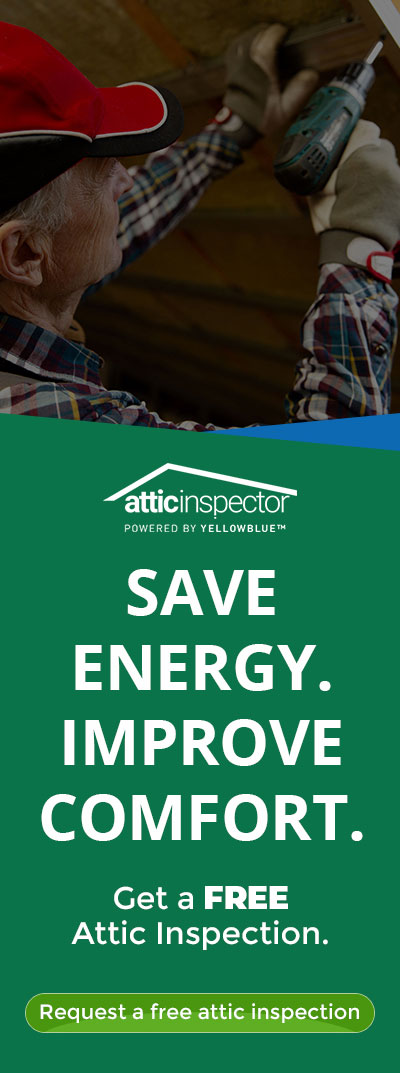Using green technology in your home doesn’t have to break your bank. Going green can pay for itself — and then some — if you know how to maximize the tools around you.
Tools to help homeowners save money by going green
Many forms of green technology can help you save money and decrease your carbon footprint. If you want to make the most efficient impact, take a look at the most integral aspects of your home.
On the smaller scale, check out the Department of Energy’s 2017 Energy Saver Guide to find detailed improvements you can make to your windows, electronics, and appliances. For a bigger impact, look into possible alterations to your lighting, heating, roofing, and insulation. LED lights, multi-layered insulation, and solar attic fans are good places to start.
Energy Calculator
For those looking to know the exact amount that going green costs, look no further than the Department of Energy (DOE) calculator. Through this, homeowners can tally their actual annual energy use, and how much it costs to use specific products in their home. While there are a number of energy calculators available on the internet, the DOE’s is the most user-friendly and updated one out there.
The only information needed is the item you’re calculating for, how much you use it, and its wattage. Since wattage isn’t exactly common knowledge, the site itself has links that can help you determine each appliance’s output.
If you’d like to continue monitoring consumption on a regular basis, consider investing in an electricity usage monitor. Such monitors are available for residential as well as business buildings and can range in cost anywhere from just under $20 to $300, depending on property size and the detail of the data you want reported.
Financing Programs
For those looking to make a change but are nervous about the budget, PACENation is where to start.
Property Assessed Clean Energy (PACE) programs offer long-term private financing to homes and businesses who implement renewable energy or energy efficient products. Economic studies have shown that PACE upgrades increase the resale value of the home, and that’s after they factor in the costs of the upgrades.
The downside of PACE for homeowners is their limited coverage areas. Right now, only three states have PACE programs available for residential properties, although 20 states have opportunities for commercial builders.
For those who don’t live in the currently supported states, more traditional finance options like equity loans are your best bet.
State Incentives
Unlike the PACENation program, every state in the country offers different incentives for buildings to invest in renewable energy sources. However, finding what these incentives are and how to apply for them can be tricky, so here’s a quick breakdown of the easiest methods for finding what you want.
Here is the most comprehensive place to begin. The Database of State Incentives for Renewables & Efficiency (DSIRE) has been operating for 22 years and is funded by the U.S. Department of Energy.
From their database, you can search for legislative policies and financial incentives which benefit those who invest in green construction. Their interactive map allows for a state-by-state search, or you can directly input your zip code to include county-specific ordinances.
Use the site filters to search by program type (incentive, policy, resource, etc.) and by the technology used (air conditioners, ceiling fans, boilers, etc.) to give your home the best chance at finding every saving you can qualify for.
The Department of Energy’s website also offers a useful search tool that can connect you with the savings, rebates, and tax credits you may be eligible for by implementing green energy technology. You can filter by building category to find savings specific to commercial, residential, or institutional constructs.
You can also organize by technology here as well, with the categories including lighting, heat pumps, air conditioners and more. The DOE’s database holds over 6,000 opportunities for savings, while DSIRE’s showcases over 3,500.
Both of these resources are critical if you’re looking to save the most money possible. According to DSIRE’s database, only three states have less than 30 incentives and policies that promote energy saving technology. Wherever you are, chances are Uncle Sam is trying to help you support green technology.
A Trusted Source To Navigate It All
Maybe the most important tool for homeowners looking to take save money by going green, is having someone you can rely on.
All independent authorized Yellowblue dealers are trained to help homeowners analyze their energy consumption with the goal of reducing energy costs and improving overall home comfort.
To see which tools and products can get you the most value and savings, contact us today.




